
What they said about In the Mood For Love: director Wong Kar-wai and stars Tony Leung and Maggie Cheung on filming the romantic drama
- Tony Leung Chiu-wai and Maggie Cheung shared their frustration at how long it took to shoot and Wong’s lack of direction, but say it improved their performances
- Wong Kar-wai shared his thoughts on shooting in Bangkok to recreate 1960s Hong Kong, and filming the finale in Angkor Wat, Cambodia
In the Mood For Love, Wong Kar-wai’s sensitive and stylish romance set in 1960s Hong Kong, brought him to the attention of mainstream viewers abroad when it was released around the world in the early 2000s.
“It is primarily a mood piece – and what a mood Wong creates,” Paul Fonoroff wrote in a four-star review for the Post in 2000.
“Production designer/editor William Cheung achieves new heights in recreating the milieu of early 1960s Hong Kong … Wong has always managed to get the best out of his actors, and In the Mood For Love is no exception. Leung and Cheung capture the conflicting sensations of love and betrayal.”
The shoot took place on and off over 15 months, because of the impact on the film’s backer of the Asian financial crisis and the difficulty of finding locations that could stand in for 1960s Hong Kong.
The length of the shoot, along with Wong’s penchant for not offering his actors guidance on their characters, angered Cheung and Leung. They were vocal about their concerns at the time, although they both later said that it benefited their performances. The pair were named best actor and best actress at the 2001 Hong Kong Film Awards for their parts in the film.
In hit film Boat People, Ann Hui tried to explain refugees fleeing Vietnam
Below we hear from all three about shooting In the Mood For Love.
Wong Kar-wai on casting his two stars:
“Maggie and Tony have worked with me several times. In all those films, we had a lot of characters. This time, I thought we should make a film with Maggie and Tony alone, as I think they are two of the best actors in Hong Kong,” he told Norman Wang in 2001.
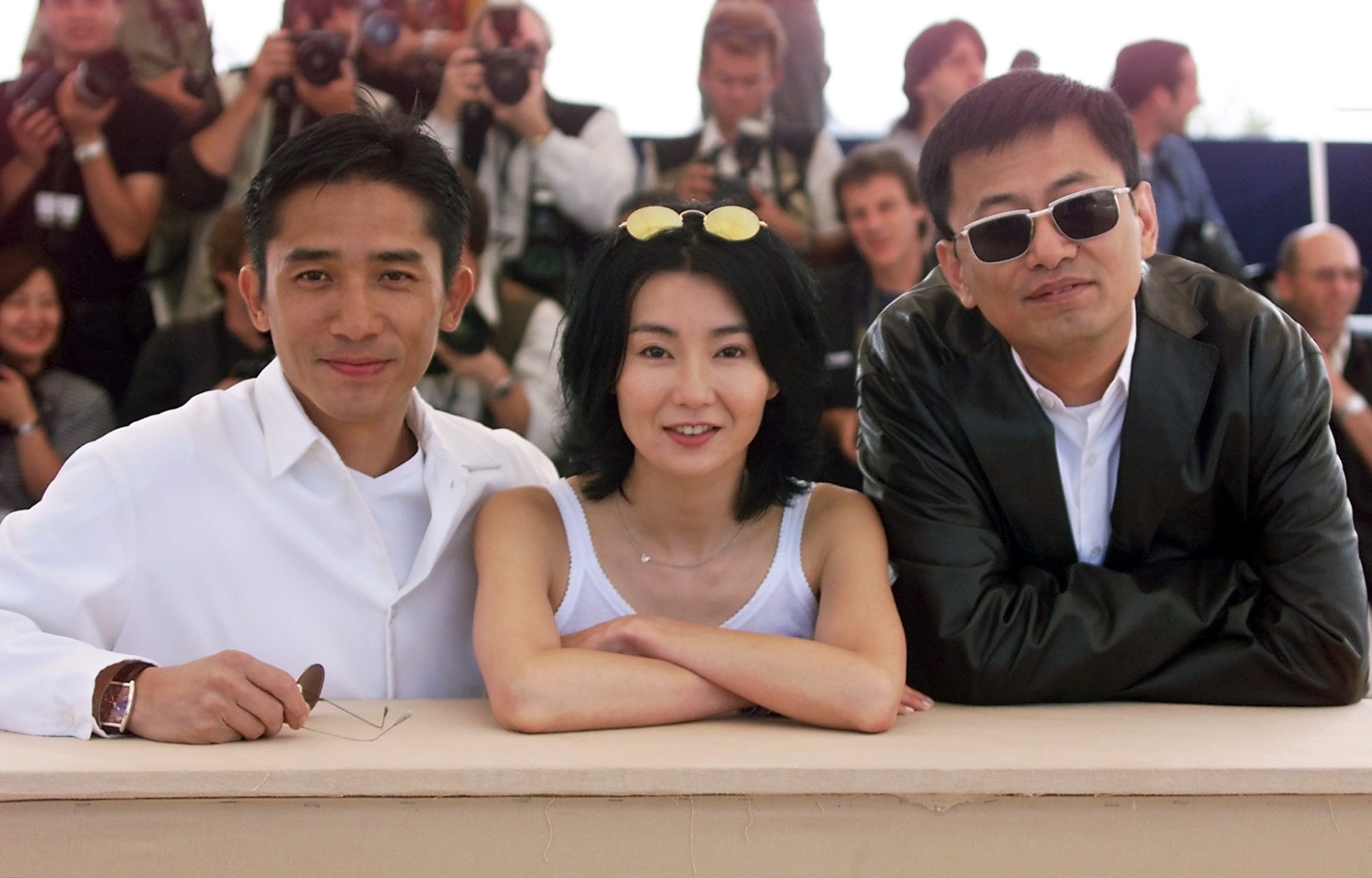
“They know the way that I work – both of them were in Days of Being Wild. In that film, we created a 1960s Hong Kong. The approach this time is quite different, more realistic.
“For In the Mood For Love, I wanted to create the environment and the period details. We spent a lot of time finding the right elements for them, the way they walk, the way they talk.”
Maggie Cheung on researching her character, and her cheongsams:
“My research just came from playing the part – there wasn’t anything that I could do the research on. In that dress, you would naturally [move a certain way].
“In the beginning it was quite hard for me. But eventually it became quite natural for me to move like that, because you are quite limited with your gestures. You can’t really sit back like I usually do. I didn’t really try and copy women from the 1960s.”
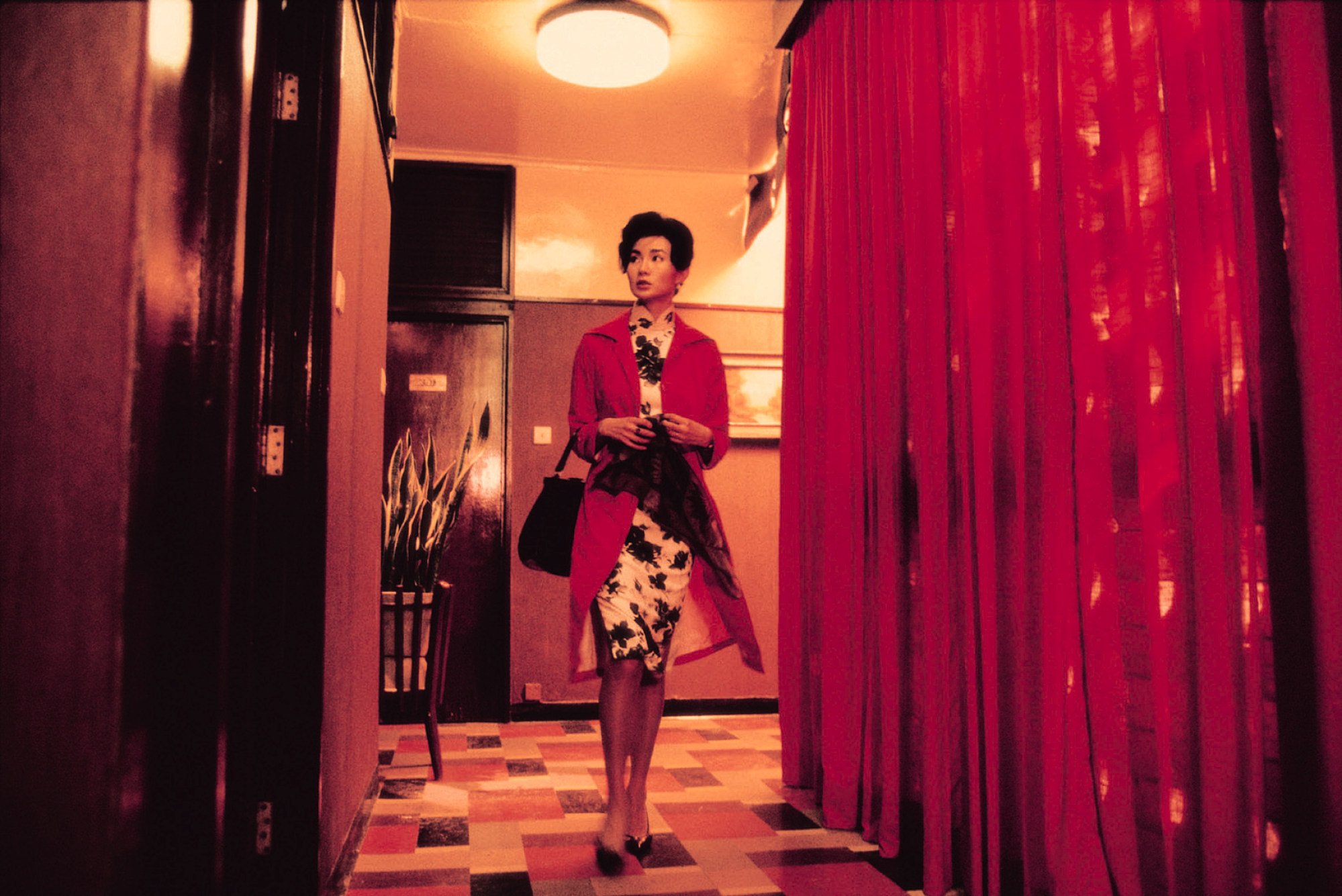
“I saw a picture of my mum wearing the same dress and the same pants, and that gave me a reference – not on how to move, but the knowledge that women like that really did exist.”
Tony Leung on his character, and the lives of apartment block residents:
“He’s a Cantonese living in a Shanghainese community, with a lot of Shanghainese neighbours. Their relationship is very close.
“I recalled some of my memories from the 1960s when I was a child. At that time, the relationship between neighbours was very close. I can still remember: our door never closed. That doesn’t exist now. People change. Neighbours don’t have that kind of relationship now.”
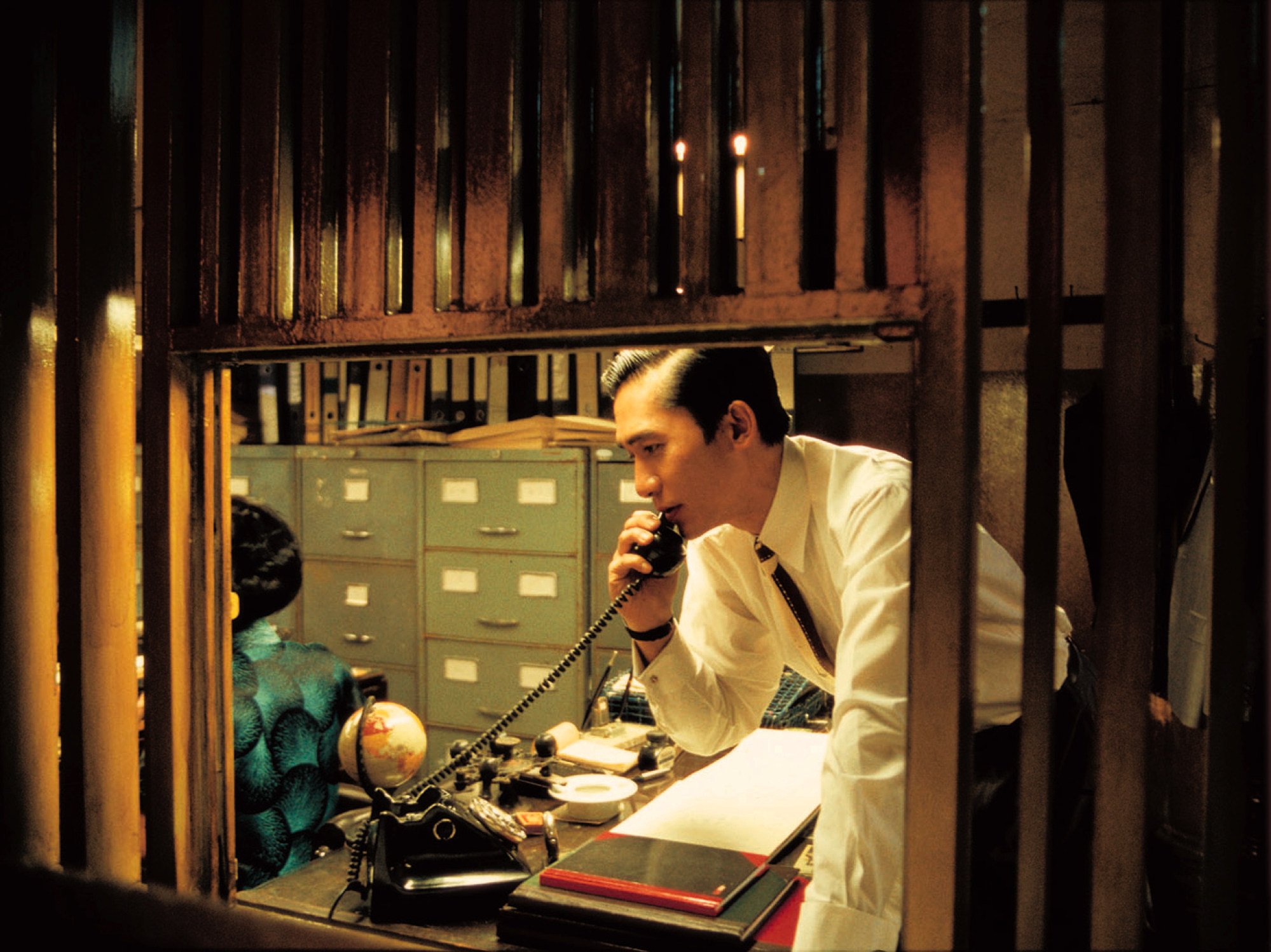
Wong on why he used Bangkok to replicate the look and sounds of 1960s Hong Kong:
“I tried to recreate something that I know about, something that doesn’t exist any more. We shot most of the film in Bangkok, because we could not find those streets and buildings in Hong Kong any more.
“I also tried to recreate the sound of the period. In the 1960s, we didn’t have TV, we just had radio. It was the “radio days” of Hong Kong. I even found retired radio broadcasters, and invited them back into the studio, and recorded all these programmes. For me, it’s the most memorable part of the film.”
Wong on shooting In the Mood For Love and his next film 2046 at the same time:
“We were supposed to make 2046 afterwards, but we ended up making two films at the same time.”
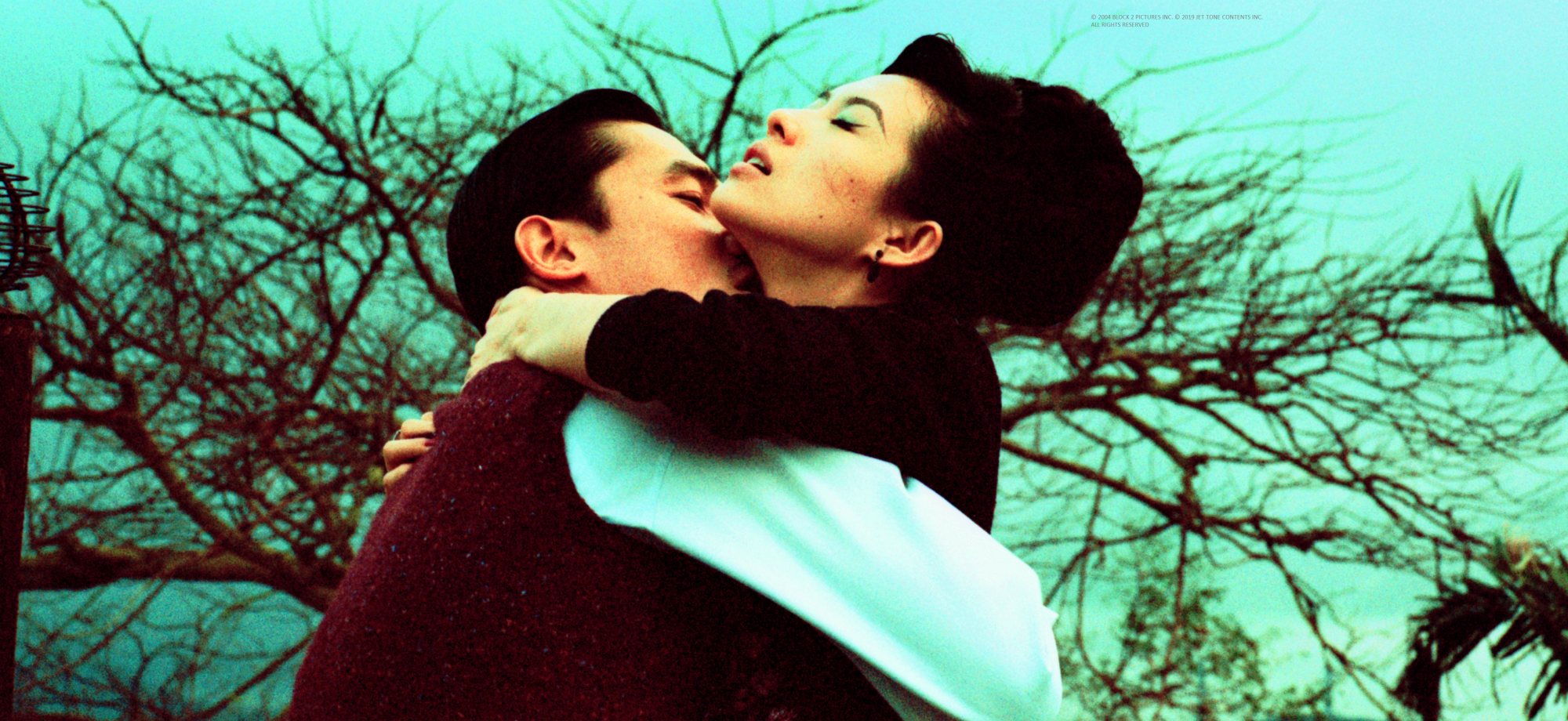
“Sometimes, when we were making 2046, we’d think, that should be in In the Mood For Love, and while we were making In the Mood For Love, I’d think, “That part relates to 2046.” So in the end, the two films should be treated as one film.”
Leung on the length of the shoot:
“During the shoot, I became very frustrated with its length. There were no limits, it just kept going on and on, and I thought, ‘Come on, we have to finish this somehow’. But I couldn’t find the core of the film until the very end.
“Now I have seen the film, and I feel that I couldn’t have played the part the way I did if we finished shooting after the first few months. I am very grateful for the length of the shoot. Not many actors have over a year to get to understand their character.”
The 12 films that defined Hong Kong cinema in the past 25 years
Cheung on Wong’s lack of guidance for her character:
“It had been some time since I had worked with him. I don’t count Ashes of Time, as my part was shot in two days. I knew that he worked without a script and would build things up from whoever was playing the character,” Cheung said at the Toronto International Film Festival in 2000.
“It took me a long while to ‘forgive’ him for being like that!
“At first, I thought, ‘Why do you have to make films like that? Why can’t you get it all prepared and start shooting … instead of having 30 or 40 people sitting around on set each day waiting for you to be inspired?’”

“But after a while, I realised there was nothing I could do about it, that was just his style. To love him as a friend and director, you just have to accept that’s the way he is.”
Wong on shooting the last scene in Angkor Wat in Cambodia:
“We looked for a different place to shoot the last scene because we thought it should provide a distance from the incidents. We can look at the whole thing from a distance to provide another dimension.
“We looked for all these things in Thailand … we were trying to find some temples,” Wong said in an interview with Michel Ciment and Hubert Niogret. “Then our production manager said, ‘Why don’t you shoot in Angkor Wat, as we have good connections in Cambodia?’
“Years ago, I had seen a documentary on Angkor Wat, and I was impressed by the place. It’s like a museum of jealousy, passion and love. So I thought we should end the story there.”
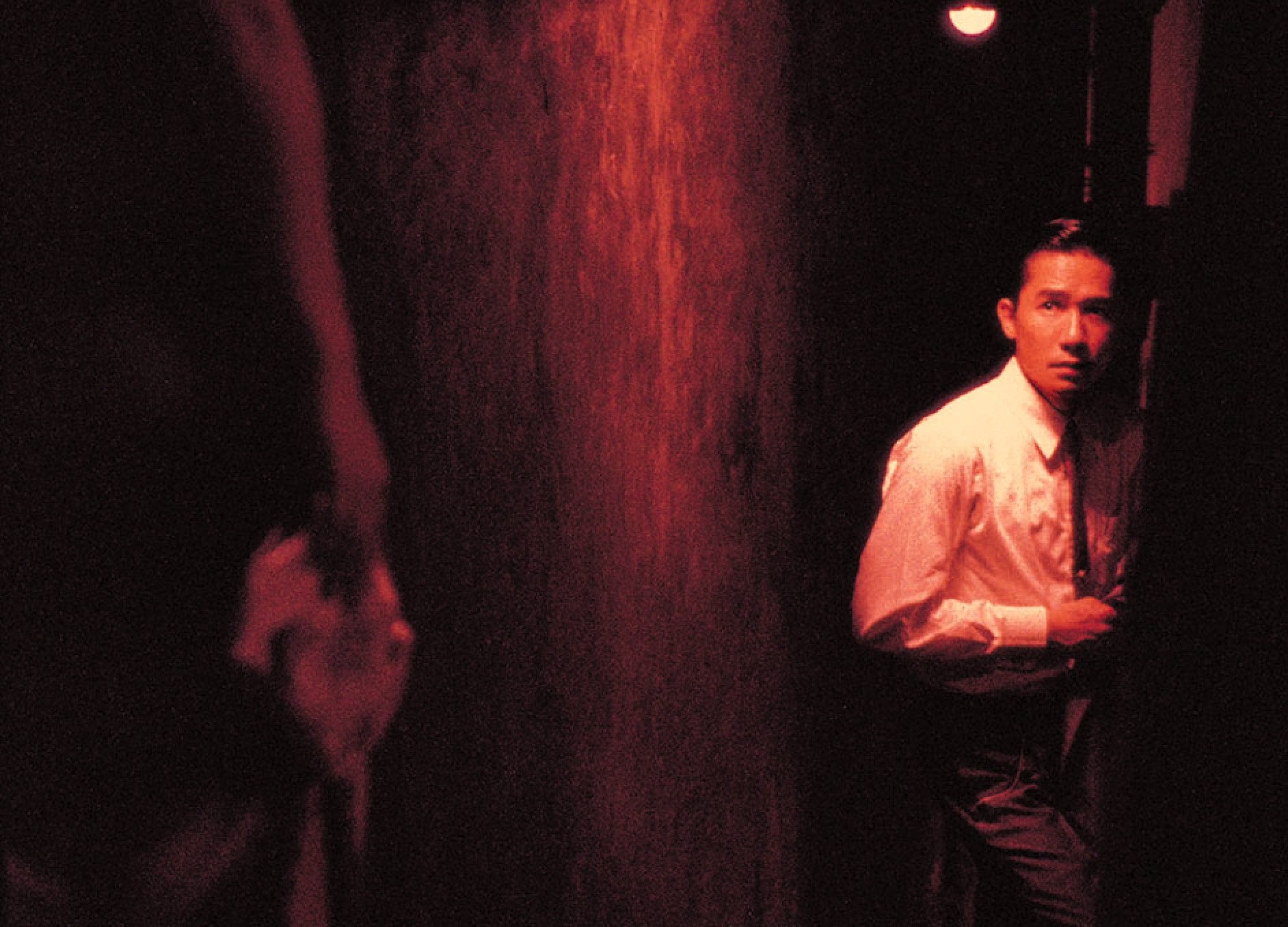
In this regular feature series on the best of Hong Kong cinema, we examine the legacy of classic films, re-evaluate the careers of its greatest stars, and revisit some of the lesser-known aspects of the beloved industry.
